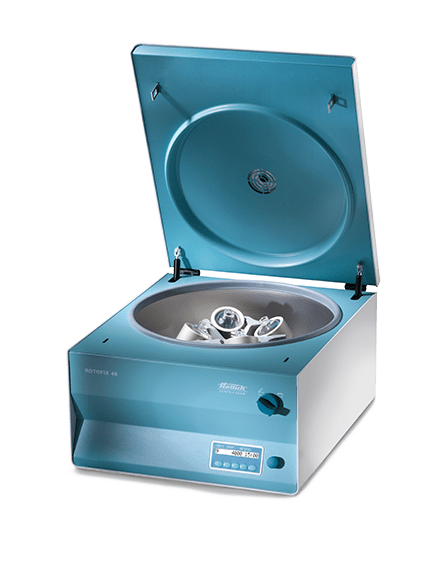There are instances when heat will play a critical role when testing liquid samples. Many industrial laboratories use heated centrifuges instead of a regular one. A heated centrifuge works the same way as a regular centrifuge. The only difference is that it can operate up to 90 degrees celsius.
Heated centrifuges are ideal when testing liquid materials with characteristics that can change with temperature adjustments. Heated centrifuges are considered important in the following industries:
Dairy and Food Processing Systems
Heated centrifuges are also used in the food and dairy processing systems. In dairy factories, milk and butter clarity are measured to remove and identify unwanted curds as well as other sediments. Running the samples in the heated centrifuge can help food technologists identify what needs to be improved in terms of quality before the product is sold in the market.
Field Determination of Sediment in the Water
It is tricky to check for sediment in the water using a regular centrifuge alone. This is because some materials stay suspended within the water because of their buoyancy and mass. Adjusting the centrifuge’s temperature level will change the properties of the water sample. As the centrifuge rotates under a certain temperature level, the sediments will fall into the bottom of the tube.
Petroleum and Oil Testing
Before they are manufactured for the use of consumers, petroleum and crude oil are monitored and graded for their quality. Grading the fluids is carried out through the process of sedimentation using a centrifuge.
Collecting sediments in industrial oils is not easy as some will remain suspended when run under centrifugal force. By changing the temperature and increasing the rotation speed, the sediments will sink to the bottom of the tube. It is only then that the quality of the oil can be graded.









